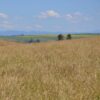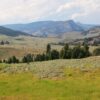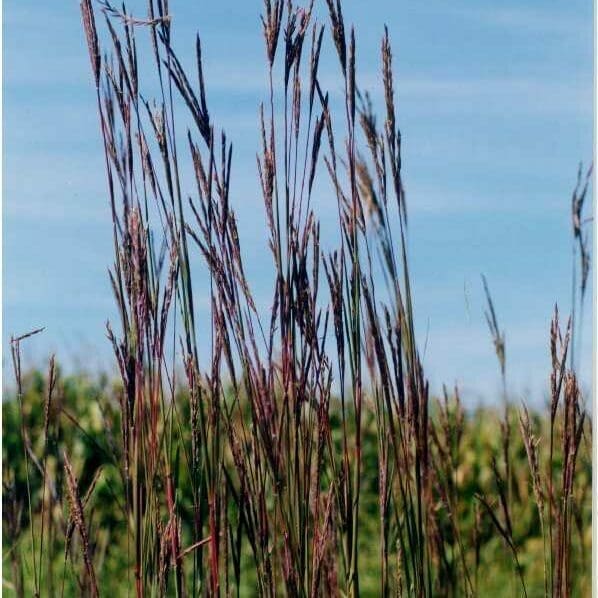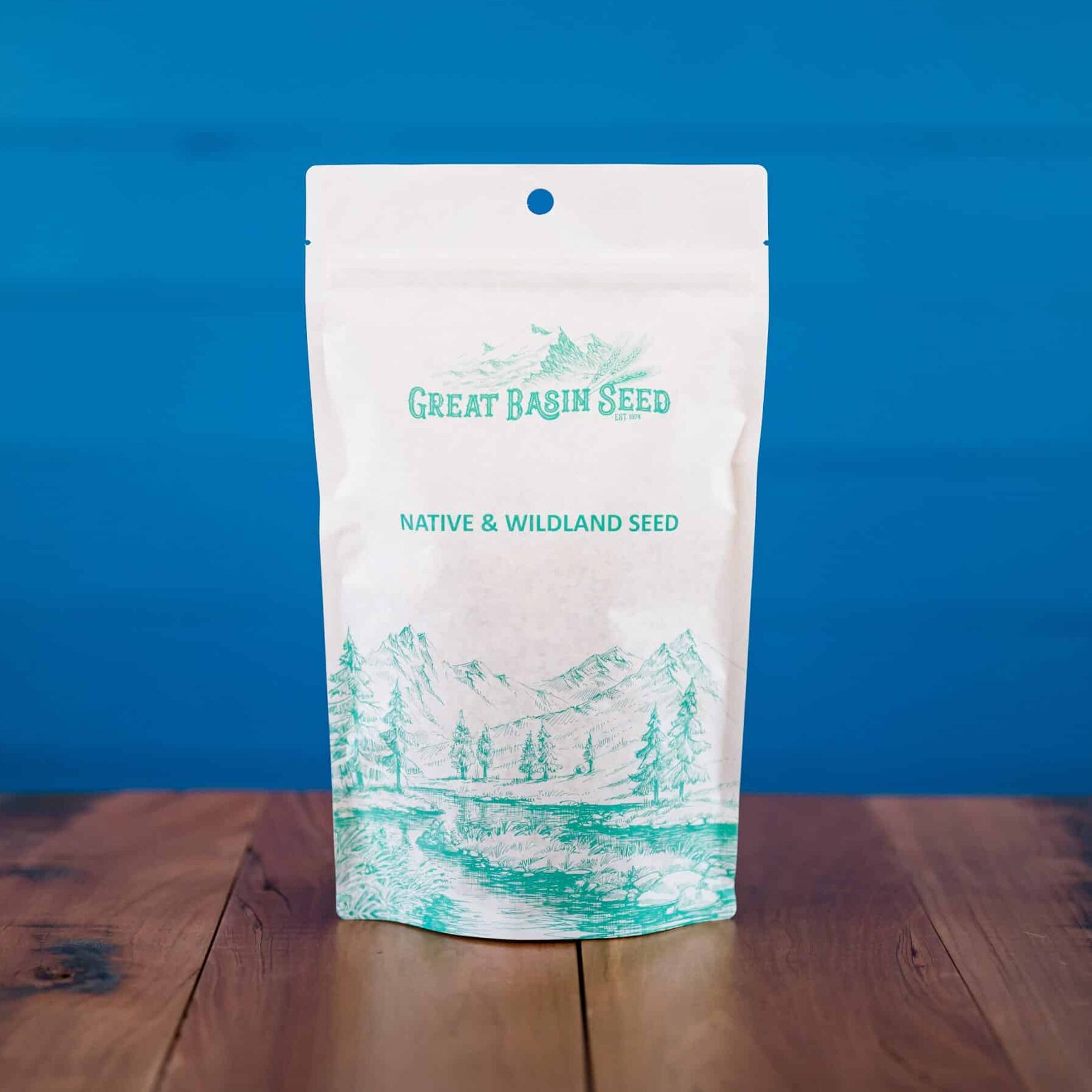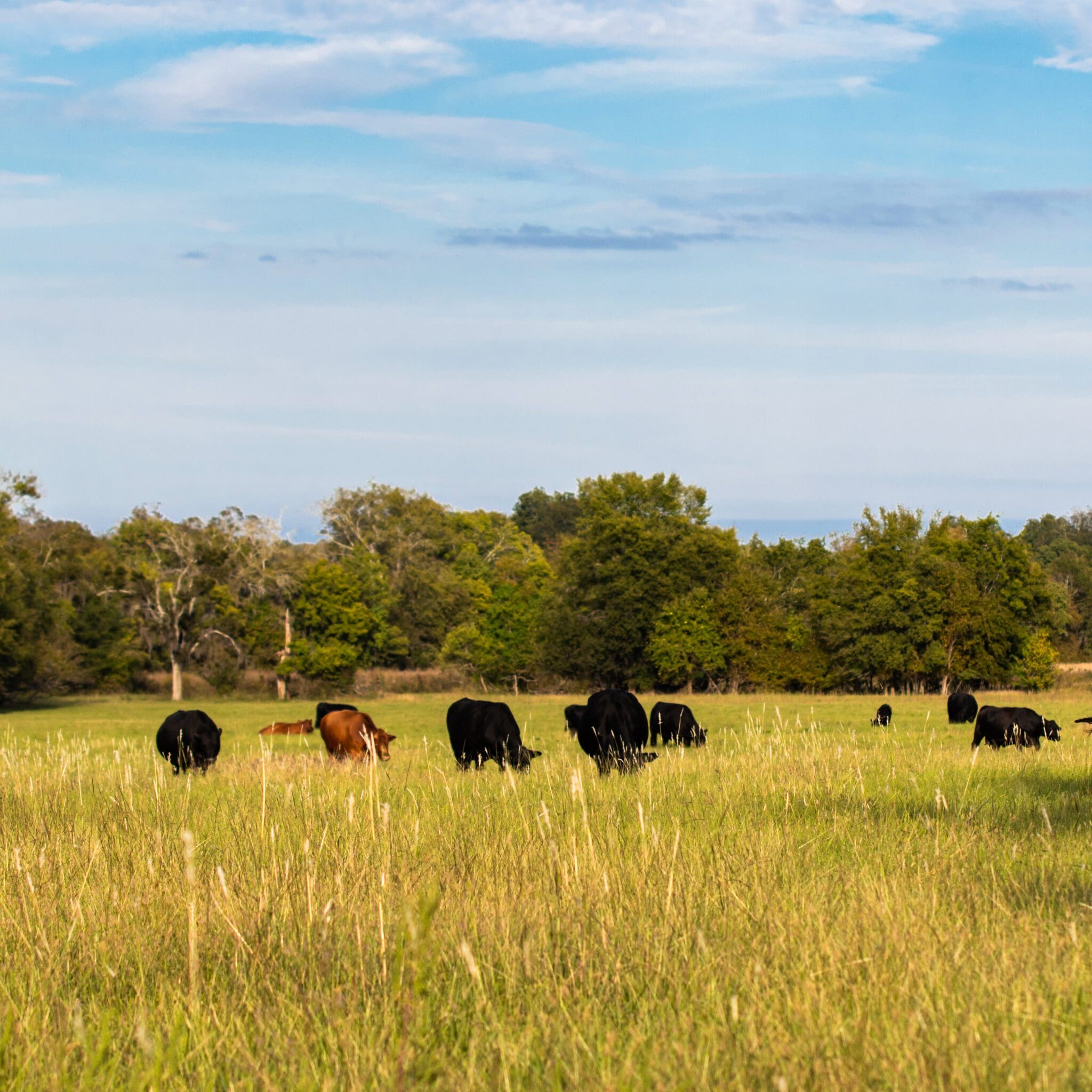Min. to Max. Annual Precipitation
14in.
Average Max. Height
Idaho Fescue is native perennial cool-season grass. Fair to good forage for all types of domestic livestock. Fairly drought resistant, stands are persistent and it is adapted to stabilization of disturbed soils. Common habitats are exposed bench-lands, hillsides, ridges, parks, meadows, and forestlands.
Idaho fescue (Festuca idahoensis) is a native, perennial, cool-season grass. Idaho fescue is abundant and sometimes the dominant plant on extensive areas. It usually ranks with the choicest forage plants, and in Montana and possible elsewhere is, everything considered, probably the best forage grass. However, it may not quite merit first rank in palpability in some areas.
The range of Idaho fescue extends to California, Colorado, Idaho, Montana, Nevada, Oregon, South Dakota, Utah, Washington, and Wyoming. Idaho fescue is one of the most common and widely distributed grasses in the Western States. However, it is either rare or absent in the southern portions of the western states. Idaho fescue habitat extends from 1,000 to over 13,000 ft, though most prevalent from about 5,000 to 8,000 ft.
It grows on all exposures and under a wide variety of soil conditions. It prefers silt loam or sandy loam soils and is occasionally found on loamy sand soils. Exposed benchlands, hillsides and ridges, parks, meadows, forestlands, and open ponderosa and lodgepole pine stands are common habitats. Idaho fescue is tolerant of weakly saline, weakly alkaline and acidic soil conditions. It has excellent cold tolerance, moderate drought tolerance, and moderate shade tolerance. It is not as drought tolerant as sheep fescue and its drought tolerance is similar to that of hard fescue. It is not tolerant of high water tables or flooding. Its frequent associates include bluegrass, mountain brome, geranium, yarrow, mountain sagebrush, antelope bitter brush, ponderosa pine, bluebunch wheatgrass and slender wheatgrass.
Idaho fescue is a fair to good forage for all types of domestic livestock. It is good year-around forage for elk and is grazed in spring by deer. Idaho fescue matures later in the growing season than most other range plants. Therefore, it is particularly useful for late season grazing. All classes of livestock relish it in the spring, as well as later in the season where it grows on north slopes or in cooler, moister sites and where the herbage remains tender. Idaho fescue is susceptible to overgrazing and will succumb to continued grazing abuse.
It is fairly drought resistant, stands are persistent and it is adapted to stabilization of disturbed soils. It produces an extensive, deep root system an is excellent for erosion control. It does not compete well with aggressive introduced grasses. Its drought tolerance, combined with extensive root systems and good seedling vigor, make this species ideal for reclamation in areas receiving 14 to 20 inches annual precipitation.
Idaho fescue initiates growth in March through April and matures in mid to late summer. With adequate moisture, Idaho will produce a moderate amount of re-growth following seed maturity. Late fall plantings are most successful. Plant early in the spring if fall planting is not possible. Seeded stands require 2 to 3 years to establish, but are very competitive once established. Recommended planting depth is 0.25 to 0.50 inches
Synonyms: Festuca idahoensis
***Click on the “Quick Plant Facts” tab above for more information.
Idaho Fescue NRCS Plant Guide and Fact Sheet
Idaho Fescue NRCS Plant Guide and Fact Sheet
PDF version of NRCS Plant Guide and Fact Sheet
Prepared By: Dan Ogle, Plant Materials Specialist, USDA, NRCS, Boise, Idaho
James Henson, USDA, NRCS, National Plant Data
Center, Baton Rouge, Louisiana
Mark Stannard, Team Leader, USDA, NRCS, Plant
Materials Center, Pullman, Washington
Species Coordinator: Mark Stannard, Team Leader, USDA, NRCS, Plant Materials Center, Pullman, Washington
Helpful Links
Additional information about this product can be found on the academic websites linked below.
Synonyms
Many plants have more than one common and scientific name. We've listed a few of them below.
- Idaho Fescue
- Festuca idahoensis
- Elmer
Who is Great Basin Seed?
Great Basin Seed is a seed company that specializes in seed sales and consultation for home, ranch, farm, range and reclamation. We have been a leader in the seed industry since 1974.
Our History
We've been in the seed business since 1974.
What We Offer
We offer seed for home, farm, ranch, range and reclamation projects.
Meet the Gang
We have the best employees in the world! We are proud of the work they do, and trust them to serve you!
Right: Company founder Lloyd and his wife Paula Stevens in a wildflower seed production field circa 1977
Quick Plant Facts
| Common Name: | Idaho Fescue |
|---|---|
| Scientific Name: | |
| Origin: | |
| Available Varieties: | |
| Lifespan: | |
| Sowing Rate | 3-6 PLS lbs. per Acre |
| Seed Count | 450,000 seeds/lb. |
| Growth Season: | |
| Plant Type: | |
| Root Form | Bunchgrass |
| Min. Precipitation | 12 Inches Minimum |
| Growth Height: | |
| Planting Rate: | |
| Best Time to Sow: | |
| Sun & Shade Tolerance: | Intermediate |
| Elevation of Occurance: | |
| pH Tolerance: | |
| Hardiness Zones: |



